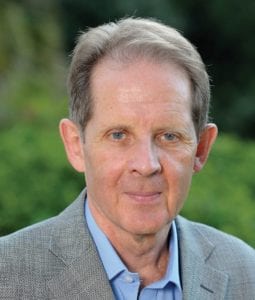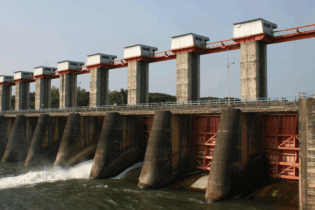By Dave Collins
An increasingly questionable global energy supply combined with surging population growth, is creating a situation in which the global energy bubble is bound to burst. Scientists are already saying that we need one-and-half planet Earths to support the already existing world population of seven-billion people. And that number is set to rise to 11 billion by the end of the century. All those people, now and in the future are going to need energy. The problem is that at the moment this energy is overwhelmingly sourced from non-renewable fossil fuels. In fact, as much as 80% of the world’s power comes from non-renewable resources. In addition to being finite, these energy sources contribute to damaging greenhouse gas emissions – a phenomenon that is not going to affect us much in the next decade or so but, at the present rate of generation, will be a major problem thereafter.State intervention
Particularly concerning is that governments, almost without exception, are looking solely at the short-to-medium-term problem, which is to look after the immediate interests of their peoples and to put that ahead of the long-term consequences. No-one has yet come up with a middle-of-the-road solution. All energy comes at a cost: fossil fuels come at a cost of air and water pollution and climate change, nuclear energy comes at a cost of waste disposal and possibly also terrorism. Natural gas too comes at the cost of fracking and its attendant possible environmental damage. There is in fact no real understanding of how to balance the various sources against each other – at this stage.Alternate fuel sources
Given the drawbacks of fossil fuels, one of the scenarios we should now be considering for the future is that of a world operating without coal and oil. The two most practical alternatives are nuclear on the one hand, and solar and wind on the other (as hydro sources are relatively limited).Nuclear provides for base-load power, meaning that the nuclear plants can run all the time without interruption, except for maintenance. The other set of solutions comprises solar and wind which, on the other hand, are subject to disruptions. So it makes sense to consider nuclear both globally and in South Africa.
Gas is an option. Indeed, gas is also a fossil fuel, but gas emissions are only 40% of those of coal. We are seeing gas as a possible short-to-medium-term solution for the next two-to-three decades – replacing coal to some degree. After that point we have to rely on some other answer – probably either nuclear or solar. A further advantage of gas is that it can be used to balance out the intermittency of wind and solar. Whatever we do, problems will arise. We shall just have to manage those problems as best we are able as we cannot run away from the issues. Ultimately, we will most likely end up with a blend of energy sources. The elephant in the room is global population growth. No-one wants to talk about this issue. Governments ignore the problem and instead deal with the problems at hand – give the people energy – rather than tackling population growth. The standard argument is that lifting poor people out of poverty with energy, combined with education, will reduce birth rates. But it seems that by the time this eventuates, it will be too late on the climate change front. Dave Collins is an Associate Director of Johannesburg-based MAC Consulting, a leading management consulting group specialising in mining; oil, gas and chemicals; financial services and telecommunications. Views expressed in published articles do not necessarily reflect the views and values of 3SMedia or its various brands.







